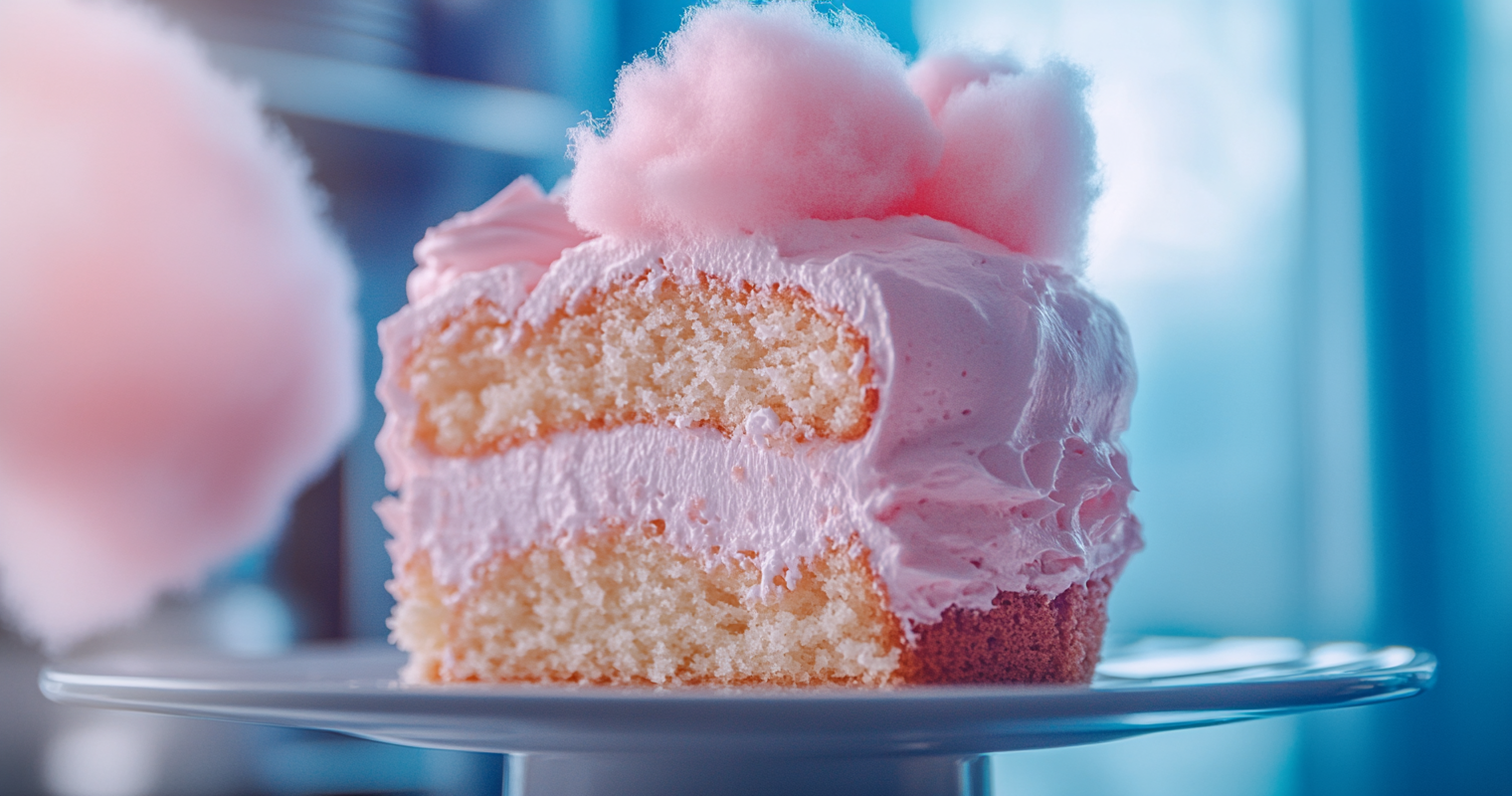When you hear the term cotton cakes, you might think of several things. Are they a type of cake? A crafting material? Or something else entirely? The phrase can mean different things depending on the context, and this guide covers all the possible interpretations, from culinary delights to crafting materials.
We’ll explore what cotton cakes are, how they’re used in different industries, and how you can make or use them in your own projects. Whether you’re curious about light and fluffy cakes, versatile yarn, or even agricultural byproducts, this post has all the answers.
Multiple Meanings of Cotton Cakes
The term cotton cakes might seem straightforward, but it holds various meanings based on the context. Here are the most common interpretations:
- Soft, Fluffy Cakes
In the culinary world, cotton cakes usually refer to light, airy cakes inspired by Japanese cheesecakes or chiffon cakes. These cakes are known for their soft texture and delicate flavor. - Yarn for Knitting and Crocheting
In crafting, cotton cakes refer to yarn wound into a flat, cylindrical shape. This yarn is typically made from cotton, making it ideal for knitting or crocheting projects. - Agricultural Byproduct: Cottonseed Cake
In agriculture, cottonseed cakes are a byproduct of cotton production. They come from the seeds of cotton plants and are used as livestock feed due to their high protein content.
This guide focuses primarily on the culinary and crafting uses of cotton cakes, which are both popular and versatile.
Culinary Cotton Cakes: Light and Delicious
If you love desserts, the first thing that may come to mind when you hear cotton cakes is a light, fluffy cake. These are particularly popular in Japan and other parts of Asia, known for their soft texture and subtle sweetness.
1. What Is a Cotton Cake in Baking?
In baking, cotton cakes most often refer to Japanese cotton cheesecakes. These cakes are much lighter than their Western counterparts, thanks to whipped egg whites folded into the batter. This technique incorporates air, giving the cake its signature fluffiness. The result is a cake that’s both moist and delicate, almost like a sponge.
2. How Cotton Cakes Differ from Other Cakes
Cotton cakes are distinct from other cakes, largely because of their texture. Here are some key differences:
- Lightness: While regular cakes tend to be dense, cotton cakes are extremely light.
- Moisture: They retain more moisture, resulting in a soft texture that melts in your mouth.
- Subtle Flavor: The flavor of a cotton cake is more subtle than richer options like chocolate or carrot cake. The mild sweetness pairs well with toppings like fruit or cream.
For inspiration, consider making a cake with whimsical toppings. You can try a cotton candy cake as an option for a unique dessert. Check out this detailed Cotton Candy Cake Guide for ideas.
Cotton Cakes in Crafting: Yarn for Knitting and Crochet
Outside the kitchen, cotton cakes refer to yarn commonly used in knitting and crochet projects. This type of yarn is wound into a cake shape, making it easier for crafters to work with.
1. What Are Cotton Yarn Cakes?
In the crafting world, a cotton cake is yarn wound into a flat, round cake-like shape. Unlike traditional yarn skeins, which are twisted, yarn cakes allow for easy center-pull usage, minimizing tangling. These yarn cakes often consist of 100% cotton, which is soft, breathable, and absorbent—making it perfect for summer garments, baby blankets, and more.
Interested in trying this yarn for your next project? Check out Caron Cotton Cakes Yarn for a variety of colors and textures.
2. Benefits of Using Cotton Yarn Cakes
Cotton yarn cakes offer several advantages for knitters and crocheters:
- Softness: Cotton yarn feels soft to the touch, making it ideal for scarves, blankets, and garments.
- Breathability: Cotton yarn is lightweight and breathable, perfect for creating summer clothing and accessories.
- Durability: It’s strong and durable, ensuring your handmade items last for years.
- Absorbency: Cotton absorbs moisture well, making it great for dishcloths, towels, and other home items.
3. Popular Projects with Cotton Yarn Cakes
There are endless possibilities when it comes to using cotton yarn cakes. Some of the most popular projects include:
- Baby Blankets: Soft, lightweight, and washable, cotton yarn is a favorite for baby blankets.
- Scarves and Shawls: Create breathable, cozy accessories with cotton yarn, ideal for all seasons.
- Dishcloths: Because of its absorbent properties, cotton yarn works perfectly for creating dishcloths and towels.
- Summer Garments: Cotton yarn’s lightweight nature makes it perfect for crafting summer tops and accessories.
For beginners, starting with a simple project like a scarf helps build confidence with cotton yarn. Once comfortable, you can move on to more advanced projects.
Agricultural Use: Cottonseed Cakes
In farming, cottonseed cakes are a byproduct of cotton production. After removing cotton fibers, the seeds are pressed into cakes and used as high-protein livestock feed. These nutrient-rich cakes play an important role in sustainable agriculture, providing essential nutrients for cattle and other farm animals.
While cottonseed cakes aren’t something you’d use in the kitchen or for crafting, they play a significant role in farming practices.
Storing and Serving Cotton Cakes
Whether you’re baking with cotton cakes or working with yarn, proper storage is crucial. Below, you’ll find tips for keeping your cotton cakes in good condition, whether they’re culinary or crafting materials.
1. Storing Culinary Cotton Cakes
Cakes like Japanese cotton cheesecakes need proper storage to maintain their soft texture. Here’s how to store them:
- At Room Temperature: If you plan to eat the cake within a day or two, store it in an airtight container at room temperature.
- Refrigeration: To keep the cake longer, refrigerate it. Be sure to wrap it tightly to avoid drying out.
- Freezing: If you want to freeze cotton cakes, wrap them in plastic wrap and then foil to prevent freezer burn. You can freeze them for up to two months.
For more information on how to store delicate cakes with special decorations like cotton candy, see How Long Does Cotton Candy Cake Last?.
2. Storing Cotton Yarn Cakes
Proper storage for cotton yarn ensures it stays untangled and ready for your next project. Here’s how to store yarn cakes:
- Keep Them Dry: Store yarn in a dry, cool area to prevent moisture damage.
- Use Yarn Storage Bins: To avoid tangling, place your yarn cakes in a storage bin or basket that allows for center-pull functionality.
- Keep Away from Pets: Cats love to play with yarn, so keep your yarn cakes out of their reach to avoid damage.
Creative Cake Ideas Featuring Cotton Cakes
Feeling inspired to make your own version of a cotton cake? Consider adding whimsical toppings like spun sugar or fairy floss for a magical touch. These ideas work great for celebrations like birthdays or weddings.
For some inspiration, check out this Fairy Floss Cake Recipe. It combines a fluffy cake with fun, colorful decorations to create a beautiful dessert.
For even more creative dessert ideas, explore What Is a Fairy Floss Cake? A Whimsical Dessert Guide.
Conclusion
The term cotton cakes can mean different things depending on the context. Whether you’re referring to soft, fluffy cakes in the kitchen, yarn cakes in the craft room, or even cottonseed cakes in agriculture, the phrase carries diverse meanings. In baking, cotton cakes deliver a light, airy texture, while in crafting, cotton yarn offers durability and versatility for various projects.
No matter how you interpret cotton cakes, their versatility makes them ideal for both creative and practical purposes.

